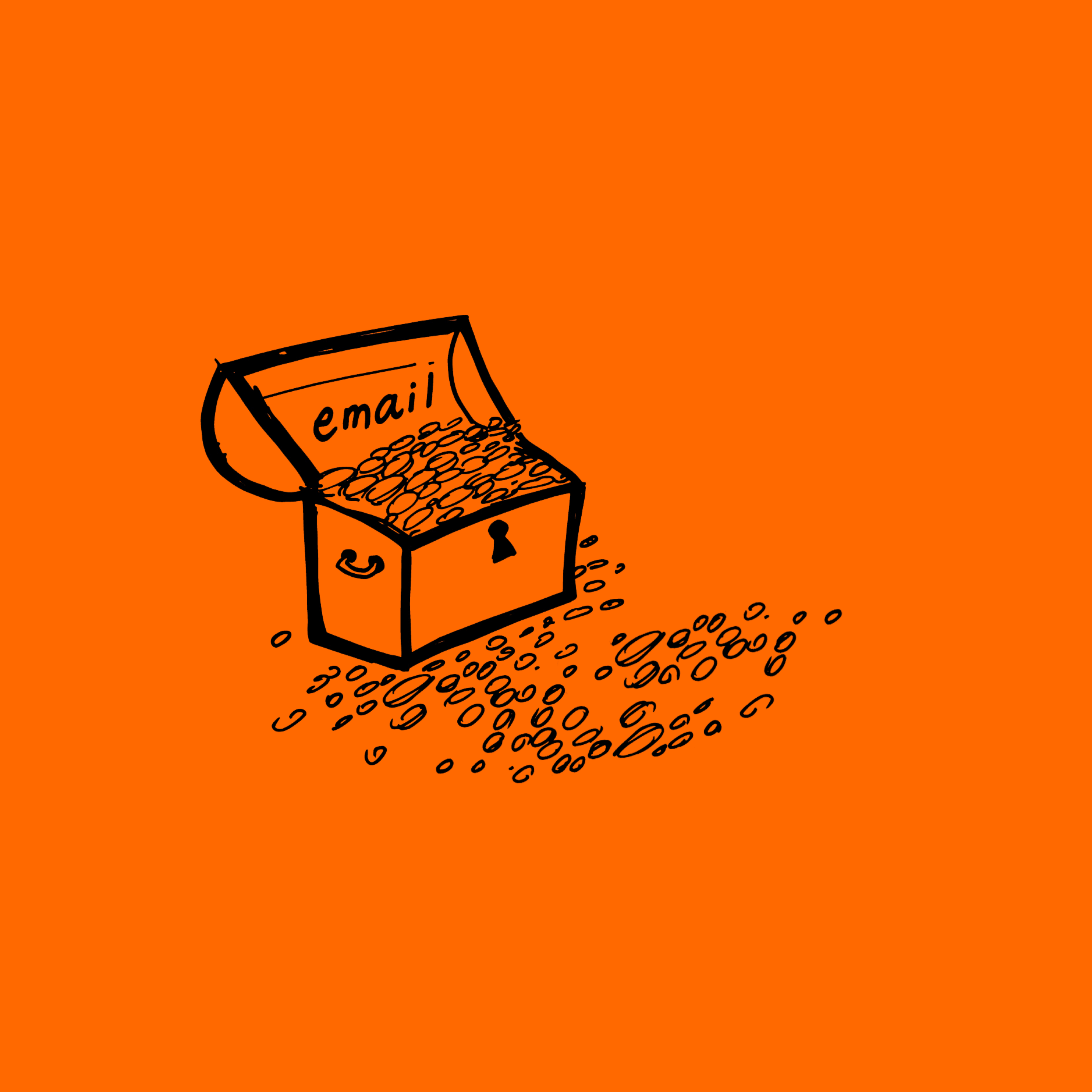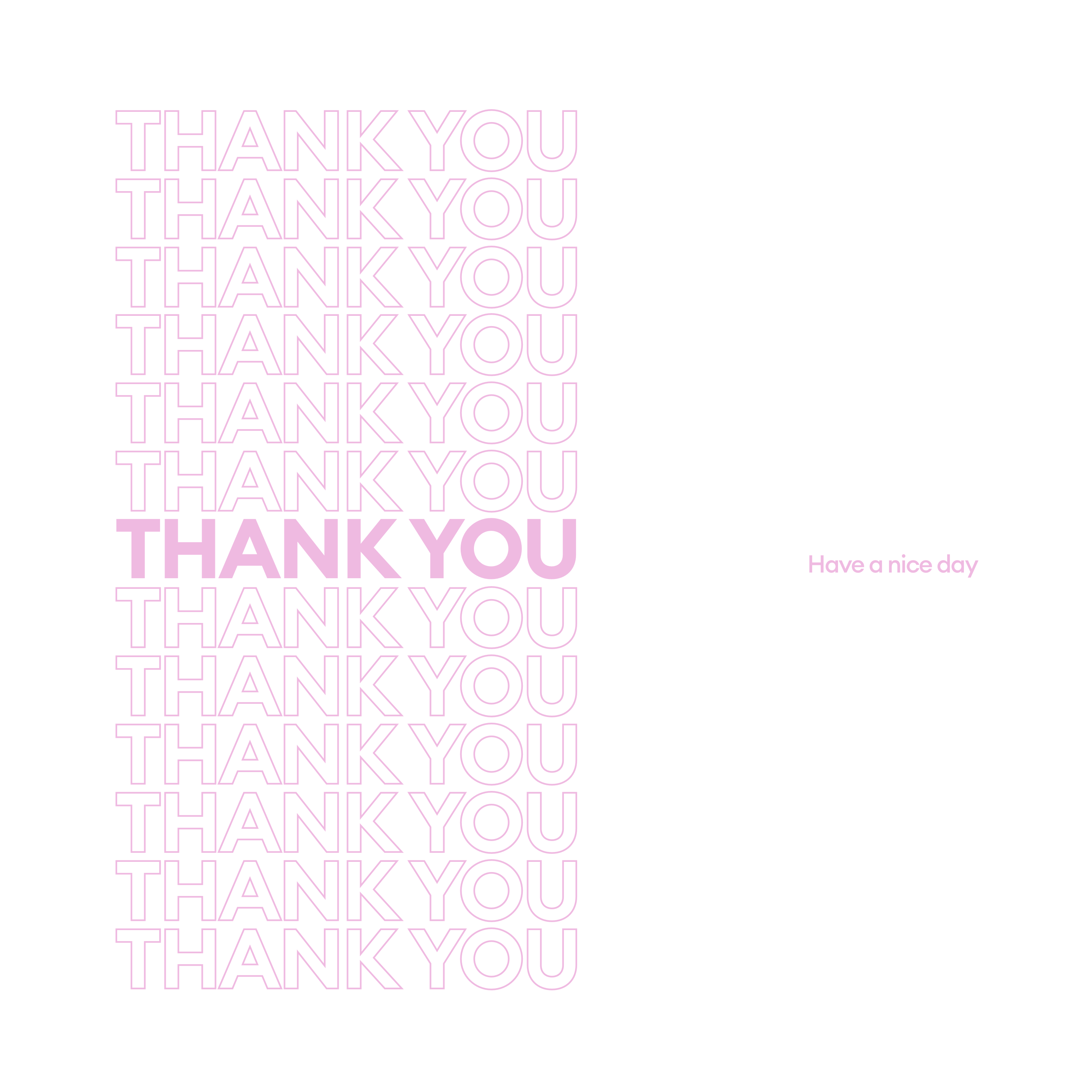We see an automated welcome email series as table stakes for turning prospects into customers and customers into brand advocates—and every DTC brand should have theirs set up or risk leaving moola and engaged subscribers on the table. In a perfect world, you’d set these up on day one, but it’s never too late to add some automations to the mix.
Before customers are ready to make a purchase, they need to get to know you and understand why they should consider spending money with you. A welcome email—or better yet, a series of welcome emails—can help ensure every prospect who visits your site and signs up for your email list gets a deeper look into your brand, products and story.
Let’s start with the basics: what’s a welcome email?
The holy grail of email automations works like this: once a prospect signs up for your email list, a welcome email is sent to them automatically.
Most email platforms offer this with easy steps to set ’em up. These automated emails can do a whole bunch of nice things (all while you sleep!):
- Confirm new subscribers have successfully signed up for your list
- Welcome them and thank them for joining your community
- Tell them more about your brand
- Give them an incentive to make their first purchase
- Invite them to check out additional programs and channels you offer
- Help you grow your social following and blog readership
- Drive sales!
At Monday, we treat welcome emails like a bite-sized, customer-facing brand book and an important first impression. Your welcome email should feel on brand and be so engaging that it encourages new subscribers to open all of your subsequent emails.
Welcome email open rates are among the highest out there. Your subscribers are likely to open this email because you’re fresh on their mind and they’re highly motivated to engage with your content. So take your time developing your welcome email and put your best foot forward—it’ll be the gift that keeps on giving when it comes to conversion and brand loyalty. The upfront time and resource investment is more than worth it in the long haul.
Examples of great one-off welcome emails
There are a ton of different ways you can approach your welcome email. Here are two examples we like of how different brands created their welcome emails:

PNW apparel brand Bridge & Burn includes a personal note from their founder and a special discount code in their welcome email to convey their thoughtful, community-focused brand and drive first-time purchases. They also use this first interaction with new subscribers to share two additional ways to engage with them: in person at their two locations and on social.
Linen bedding company brooklinen uses their welcome email to speak to their high quality materials, the benefits of shopping with them and introduce subscribers to some of their best sellers. As with Bridge & Burn (and most DTC brands) brooklinen also offers a welcome discount; but in this case, they keep the amount a secret to motivate new subscribers to click through to their site to find out what deal they get.
Should you have one welcome email or a series?
While one well-crafted welcome email is a good starting place, for many brands, a welcome email series (or drip campaign, as it’s often called) is extremely effective at guiding your prospects through your funnel and priming them for conversion. If you have a rich story, a robust product line and a strong reservoir of branded content, consider breaking up your welcome email into 3–4 emails.
What’s the optimal cadence?
You’ll want to set up your email series to send over a specific period of time, and once new subscribers receive all of your welcome emails, then they’ll join your regular email cadence and start receiving your campaign emails. This cadence ensures you don’t make a spammy first impression and scare subscribers away.
At Monday, we see the optimal number and cadence of a welcome series as:
- 3–4 onboarding emails, total
- Send the first email immediately after subscribers sign up
- Send the second email about 3–7 days later
- Send the third and fourth emails a 3 or 4 after the previous email in the automation and then drop subscribers into your regular email flow
What content should you include in your welcome email series?
We like to think of an email series as an inverted pyramid—start with a high-level intro to your brand positioning and the benefits of your products, then get more specific in the next emails by giving introductions to any programs you offer (e.g., referral, loyalty programs and/or free shipping) or other content channels where they can follow you (like a blog or social). Here’s how we often structure a welcome series for our clients:
WELCOME EMAIL 1
THE GREETING
- Give a high-level overview of your brand
- Treat new subscribers to an offer code to incentivize them to make their first purchase
- Highlight retail locations or a store finder tool and invite subscribers to follow you on your social channels

WELCOME EMAIL 2
THE PEEK BEHIND THE CURTAIN
Introduce your core products/product lines or materials
Share a little about your backstory, design process, your team or the suppliers you work with—this is a nice time to bring more faces to the table
Rolling in 5-star reviews? Considering dedicating a whole email in your welcome series to highlight a few standouts—like Framebridge (left)
WELCOME EMAIL 3
THE PERKS OF SHOPPING WITH YOU
If you have a loyalty or rewards program, considering using this email to share the details of this program so new customers can take advantage of perks from day one
Have a blog? Include links to 2–4 of your best-performing blog posts and tell new subscribers when you publish new content so they can check back in and stay up-to-date
If you’ve shared a discount code, consider having an expiration date to include a final reminder email so no one misses the chance to use the code
Consider trying a personal message. As part of their welcome series, ThredUp uses a plain text email written from their founder to check in on why you haven’t used your discount code and ask for feedback (right)


WELCOME EMAIL 4
THE PRODUCT GUIDE
Offer a guide to your best selling products to help tour customers through your product line. Huckberry uses a mix of flat lay images, quotes from press hits and short, punchy product descriptions to keep their email entertaining and informative (left)
Have a core product line or category that deserves some special attention? Dedicate a welcome email to it, like outdoor equipment retailer REI does to introduce customers to their versatile stock of running shoes (left)
Now that you know what a welcome email is, what a welcome email series is and what to include in yours, let us drive home this point: email automations are a truly beautiful thing. Create the content from your existing brand positioning, assets and programs, set it up once, and it’ll work its butt off for you 24/7, 365 days a year. We’d go so far as saying your welcome email will win employee of the month, every month, forever.





